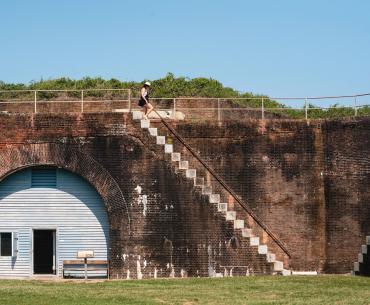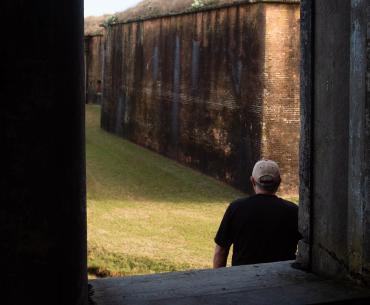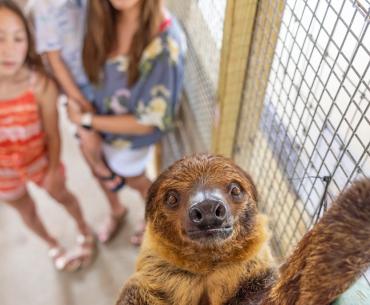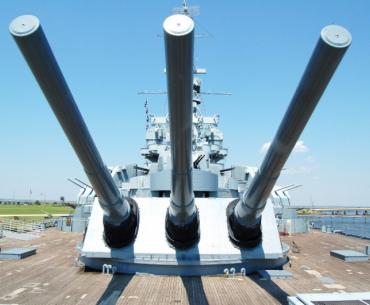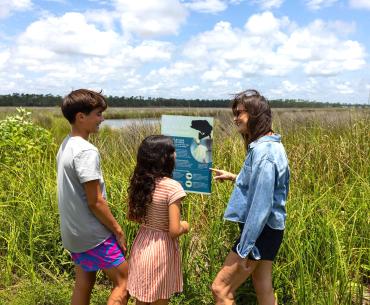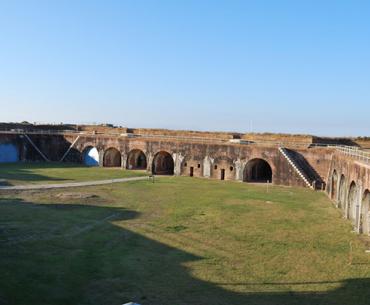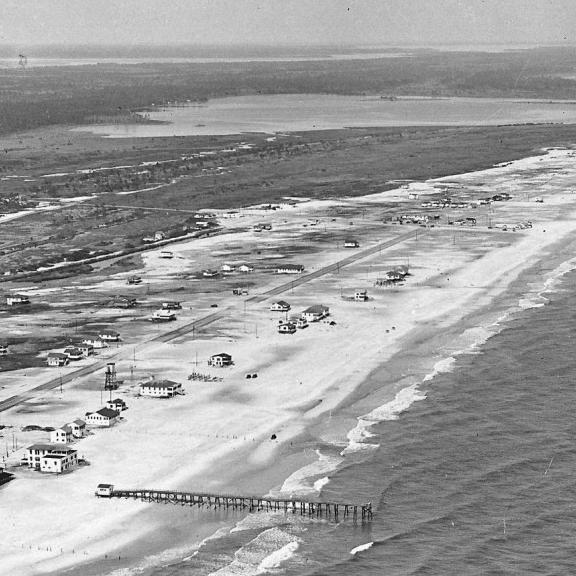
I can always feel a smile creep across my face when newbies to the Alabama's Beaches remark about how beautiful the beaches are. I think it’s partly because I know it’s true and partly because it’s nice to hear others reaffirm what long-time visitors and locals already know.
Sugar-white, sandy beaches that are well-kept and gently washed with turquoise-kissed Gulf waters is something we probably take for granted. But when visitors ask, it’s reminiscent of walking through the years with Alabama’s Beaches, explaining why we visit over and over with the same prideful voice as a brand-new mom.
Discover the rich history of Gulf Shores and Orange Beach from early settlers and battles to 20th century industries and expansions.
History of Gulf Shores

Gulf Shores' Beginnings
Gulf Shores' Beginnings
Gulf Shores' history includes a strong influence of Native Americans (Creek, Choctaw, Chickasaw and Cherokee) followed by Spaniards in the early 1500s. These Spaniards came to the current-day Gulf Shores area and were responsible for building Historic Fort Morgan (which was rebuilt in the 1800s), an important factor later on in the Civil War. Along with nearby Fort Gaines, the two sites hosted many conflicts between the Union and Confederate soldiers and sailors, both looking to control the harbor entrance. Both forts still stand strong today and attract visitors to explore their tunnels and barracks.
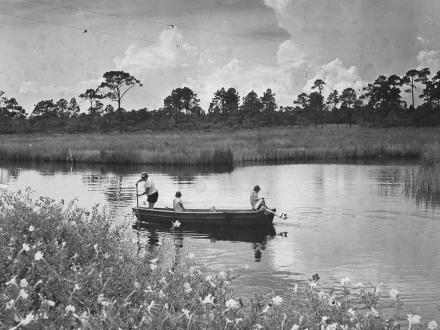
Area Developments
Area Developments
It’s interesting to note a couple of events that lured folks to the Gulf Shores area, helping to increase the population. The Intracoastal Waterway was completed in 1937, encouraging commercial trade and activity such as travel and other import/export opportunities. The 3,000-mile inland waterway runs along the Atlantic Coast as well as the Gulf of Mexico. A few years later, Gulf State Park opened in 1939, sparking a realization that this small fishing village had a lot to offer, especially with the Intracoastal Waterway in place.

Gulf Shores Musuem
Gulf Shores Musuem
The Gulf Shores Museum is a wealth of Alabama's Beaches history demonstrated through exhibits in an inviting atmosphere. There is also a butterfly garden and a popular summer youth program. Admission is free and it’s a great start to learning about the area. Originally constructed on West Beach as the family beach house for Mobile’s Valerie Cole, the house was moved to Gulf Shores in 1979 following Hurricane Frederic. Later the Cole family donated the home to the city where it’s been in use since 1982 as a library first, and then as a youth center before becoming Gulf Shores Museum. The land it sits on was donated, as well as the steeple that sits in the garden, further demonstrating the generosity of this community.
History of Orange Beach

Orange Beach's Beginnings
Orange Beach's Beginnings
Orange Beach – founded similarly to Gulf Shores and with original settlers being Native American – had industries of forestry, turpentine, naval store production, and a shingle mill. The late 19th century saw the depletion of the forestlands in the area. They were replaced with orange groves, and there is the name origin for Orange Beach! Unfortunately, Orange Beach freezes were too much for the groves and by 1926, the citrus crops were no longer in the area.

Orange Beach History Museum
Orange Beach History Museum
Since 1995, the Orange Beach History Museum has highlighted the rich fishing and Native American history of the beloved beach town. Families of early fishermen in the area have donated vintage collectibles and supplies from their angling relatives to the museum. In addition to the fishing memorabilia, the museum also showcases artifacts from Native Americans who settled in the area hundreds of years ago. The museum itself is housed in an old schoolhouse built in 1910 that has all of its original furnishings.
Growth of Alabama's Beaches
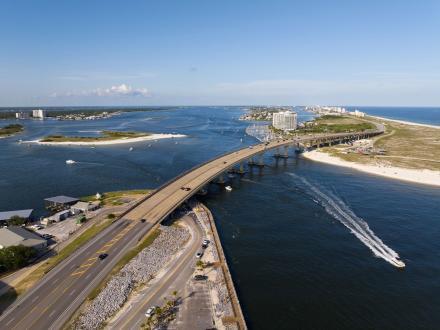
Rise of Tourism
Rise of Tourism
Tourism developed into the main industry over the years following the completion of the Intracoastal Waterway, and in 1993, Gulf Shores & Orange Beach Tourism was created to help promote the gorgeous destination. Today, vacationers visit the area to enjoy some of the most gorgeous beaches in the United States – and, I would argue, in the world! Charter fishing and boating are still a highlight for locals and visitors in Orange Beach, along with water recreation. Restaurants are plentiful, offering fresh seafood catches in farm-to-table venues that are mostly casual and serve the entire family. Several notable restaurants in the area have been around for over 60 years!

Alabama's Beaches Today
Alabama's Beaches Today
I grew up with Alabama's Beaches, and nostalgia always pulls at my heartstrings when I revisit. From humble beginnings to a thriving tourism mecca, Gulf Shores and Orange Beach offer world-class beaches that my family adores. Explore the area, experience exciting attractions, stay in amazing accommodations, and taste the culinary delights. Your walk through the years with Alabama’s Beaches may only be beginning, and that’s ok. You’ll be back… again and again.
